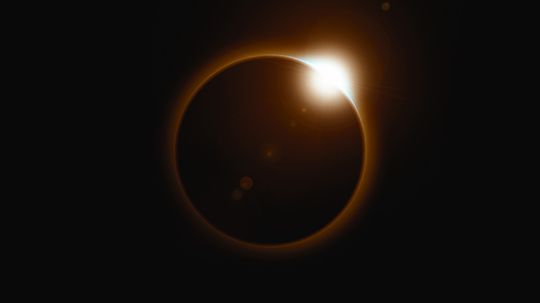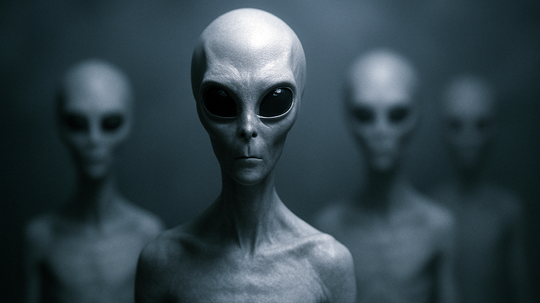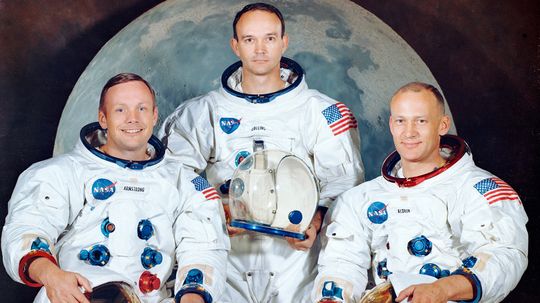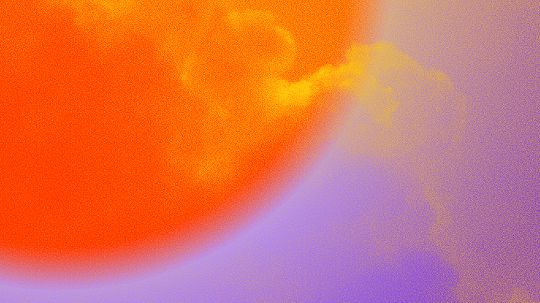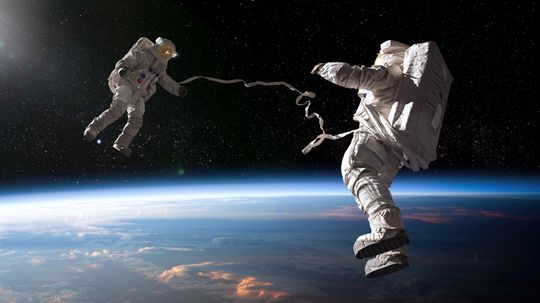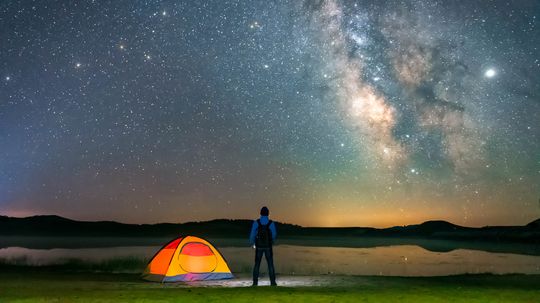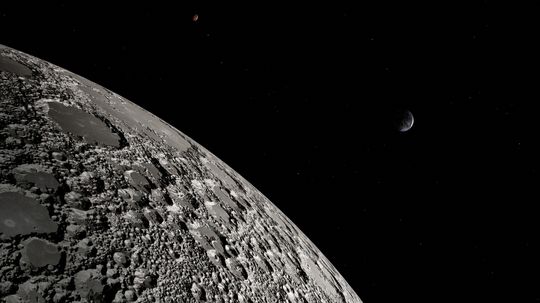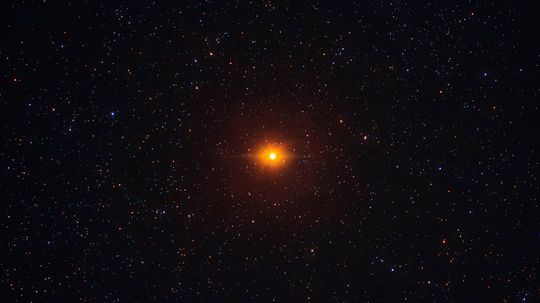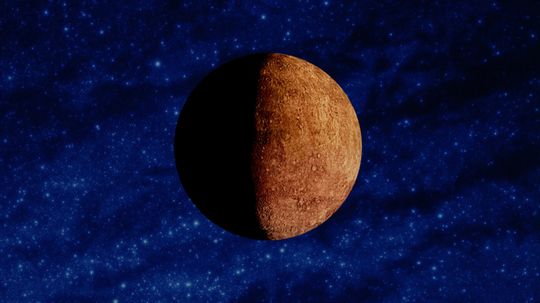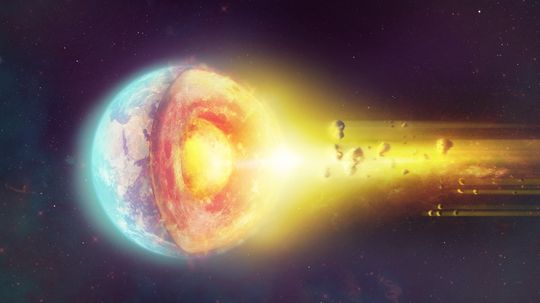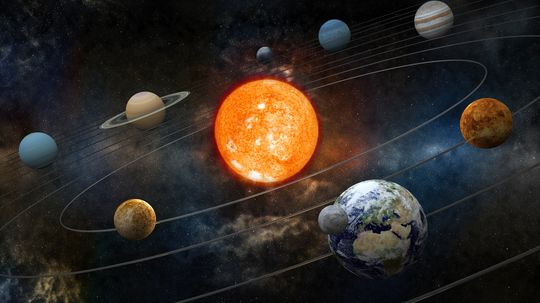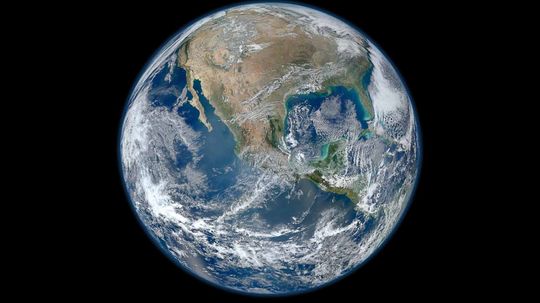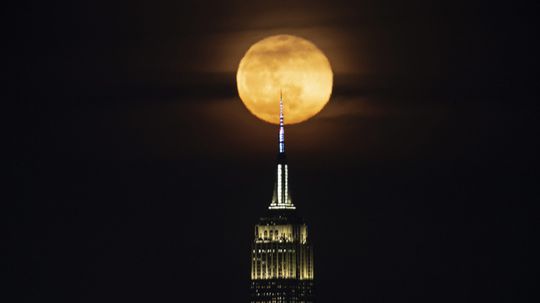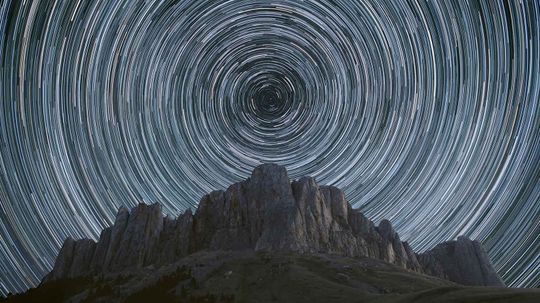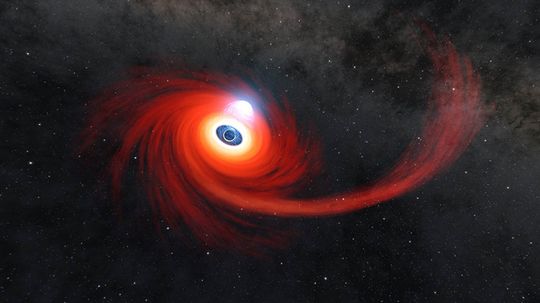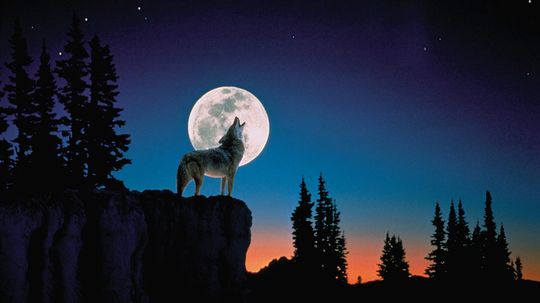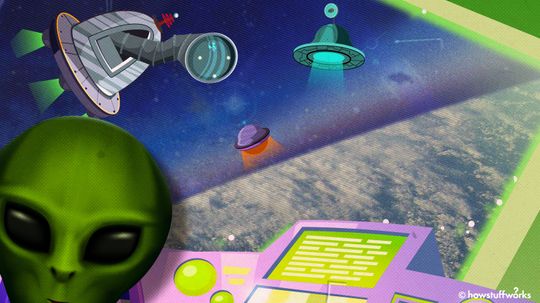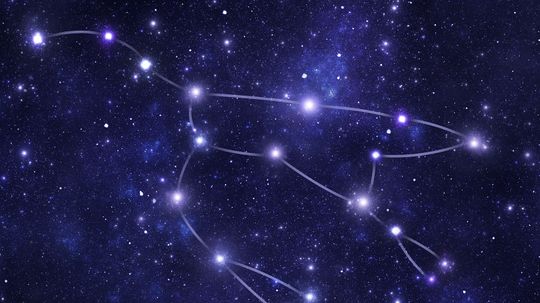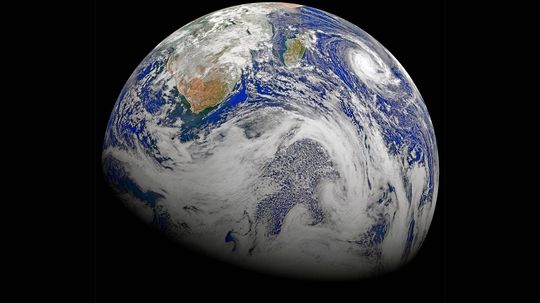Space
Explore the vast reaches of space and mankind's continuing efforts to conquer the stars, including theories such as the Big Bang, the International Space Station, plus what the future holds for space travel and exploration.
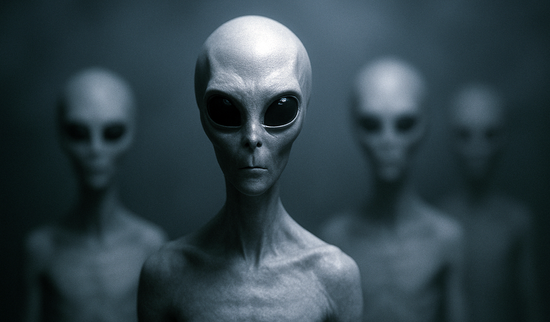
Tall Whites: The Classic Extraterrestrial Archetype
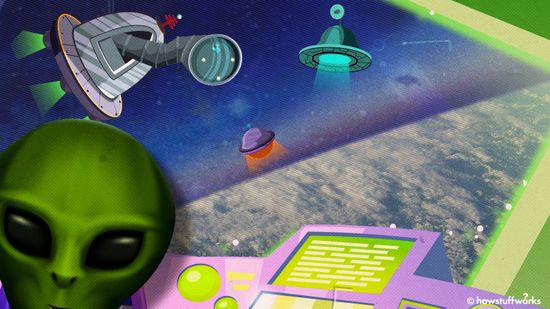
The Zoo Hypothesis: Are Aliens Watching Us Like Animals in a Zoo?
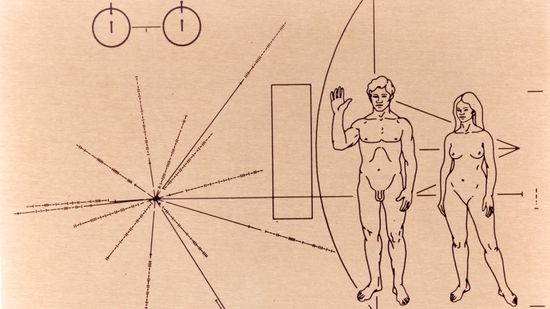
Communicating With Aliens Is Hard. Communicating With Alien AI Could Be Harder
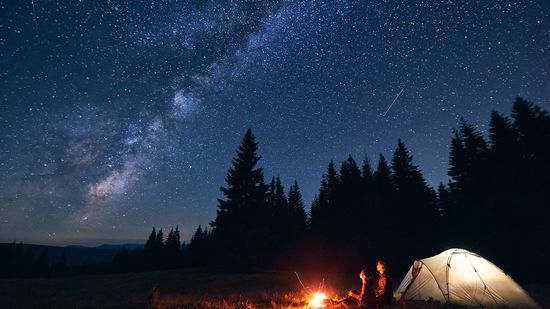
10 Types of Stars Blazing and Collapsing in Our Universe
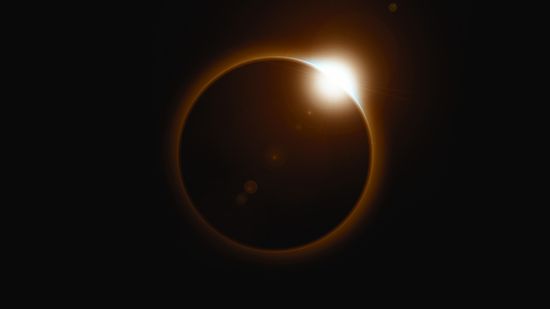
7 Types of Eclipses: Lunar, Solar and ... Hybrid?

Why a Geomagnetic Storm Makes for Pretty Skies and Tech Scares
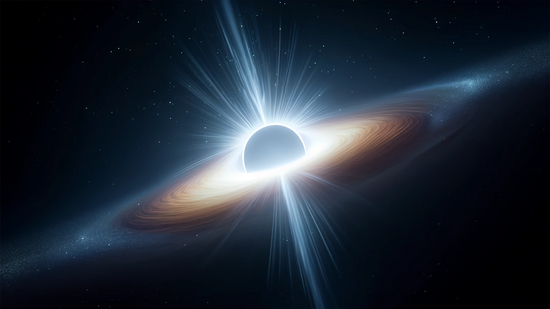
What Is a White Hole? Does the Cosmic Phenomenon Exist?
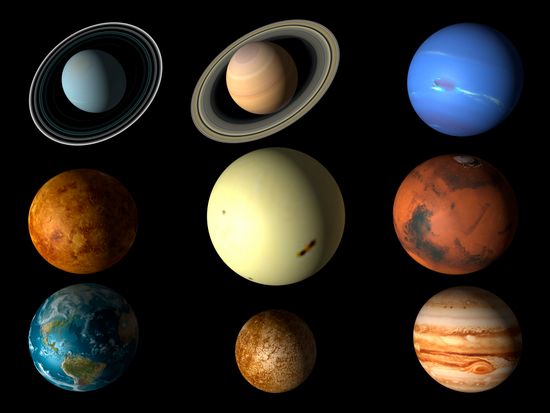
10 Best Ideas for Interplanetary Communication
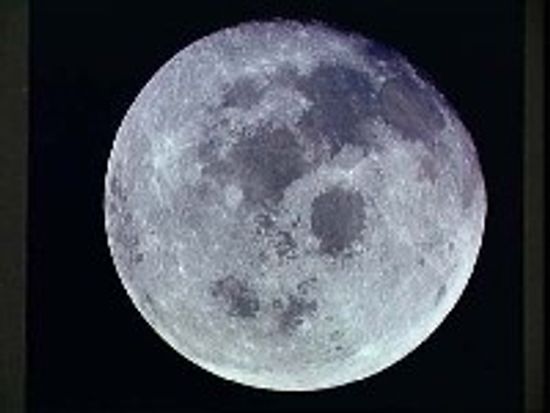
How can the moon generate electricity?
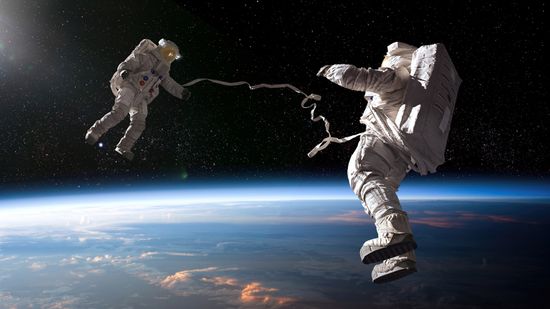
Is an Astronaut Stuck in Space a Rare Occurrence?

What Really Happened to Yuri Gagarin, the First Man in Space?

Apollo 11 One Giant Leap For Mankind
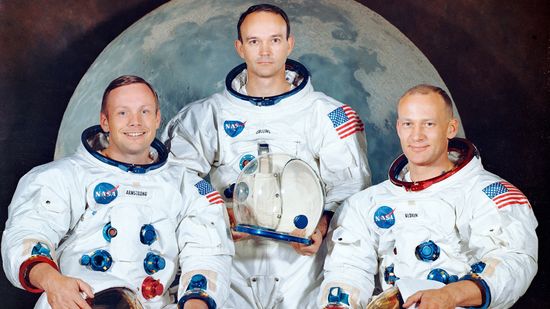
15 Famous Astronauts Who Expanded Our Universe
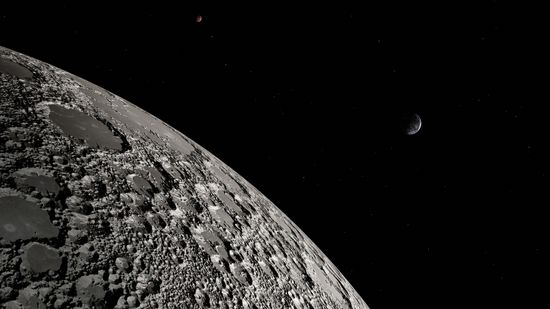
2023 India Moon Landing Was World's First at Lunar South Pole
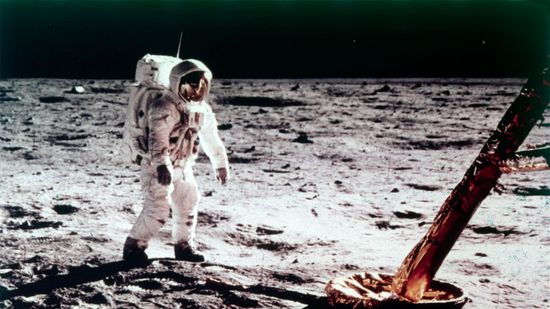
Quiz: Apollo 11, the First Moon Landing

The Fastest Fictional Spaceships

10 Fictional Spacecraft We Wish Were Real

How Lunar Rovers Work
Learn More
When you look up at the night sky, you’re seeing just a small sample of the incredible variety of the types of stars in the universe. These cosmic powerhouses come in wildly different sizes, colors and life stages, each powered by nuclear fusion in its core.
When the moon, Earth and sun align just right, the result is one of nature's most dramatic celestial events. The different types of eclipses each reveal something unique about our solar system and the motion of the moon and Earth.
By E-maginne Grant
Among the more curious entries in alien lore, the tall whites stand out — literally.
Advertisement
Some brave explorers travel across oceans; others blast off into space. This list of famous astronauts celebrates the pioneers of space exploration — those who took "one giant leap" for humankind and expanded our reach beyond Earth.
When the Sun gets rowdy, Earth feels it. A geomagnetic storm happens when solar activity stirs up Earth’s magnetic field, producing large magnetic disturbances that can mess with everything from navigation systems to power grids.
Barry "Butch" Wilmore and Sunita "Suni" Williams are the two NASA astronauts that have been circulating in the news since becoming stranded on the International Space Station (ISS) in June 2024. After several obstacles, they returned to Earth on March 18, 2025.
By Mitch Ryan
In 1859, the Carrington Event was the most intense global solar storm ever recorded. The effects were felt all over the Earth.
By Ada Tseng
Advertisement
The night sky has been mapped and studied for thousands of years, with constellations serving as guides for navigation, storytelling and scientific observation. The International Astronomical Union officially recognizes 88 modern constellations, each occupying a specific section of the celestial sphere. Some date back to ancient Greek constellations, while other constellation names were introduced in the modern era.
By Mack Hayden
The most recent India moon landing mission was completed on August 23, 2023. This monumental space mission led by the Indian Space Research Organisation (ISRO) became the first to land on the lunar South Pole.
By Mitch Ryan
The night sky has fascinated humans for centuries, with people incorporating the countless twinkling stars into various navigation methods, cultural traditions, religious movements and more. Among these, a select few stand out to viewers here on Earth as being the biggest and brightest. But which is the brightest star in the sky?
By Marie Look
Black holes have long held the spotlight as celestial objects from which nothing, not even light, can escape. However, theoretical physicists propose a less understood but equally fascinating counterpart: the white hole.
By Marie Look
Advertisement
In the vast night sky, where countless stars vie for attention, one colossus reigns supreme as the largest star in the universe. Situated thousands of light-years from Earth, this celestial giant's sheer magnitude challenges our understanding of stellar physics.
The harvest moon is the full moon closest to the autumnal equinox, typically in late September or early October in the Northern Hemisphere.
Mercury Retrograde is coming. Is your life about to turn upside down? Discover the dates you must know & how to avoid total disaster.
By HowStuffWorks
Delve into the Earth's layers: crust, mantle, outer core, and inner core. Discover the secrets beneath our feet and the dynamic processes at play.
By HowStuffWorks
Advertisement
Explore the mysteries of the outer planets: Jupiter, Saturn, Uranus, and Neptune. Dive deep into their atmospheres, moons, and unique phenomena.
By HowStuffWorks
Nothing lasts forever. Does that include our home planet, too?
Sometimes hundreds of people armed with high-tech cameras can make amazing scientific discoveries, as in the case of STEVE.
March's full moon is called the worm moon for an unusual reason. What are some other names for the March moon and when can you see it?
Advertisement
Every 24 hours, Earth makes a full rotation on its axis. But why does Earth spin in the first place?
Researchers at Australian National University studied 5,000 star-eating behemoths to find out.
January's moon is called the wolf moon, but it's also known as the center moon and the freeze up moon (among other names). Here's why.
Is it possible that we are not alone in the universe, but are just like animals in a zoo to the aliens who are watching us?
By Robert Lamb
Advertisement
Stars are giant nuclear fusion reactors, and we wouldn't exist without them. Find out how much you know about these twinkling lights with our quiz.
All of the planets in the solar system are named for Greek gods, except Earth. So where did the name come from?
By Mark Mancini

